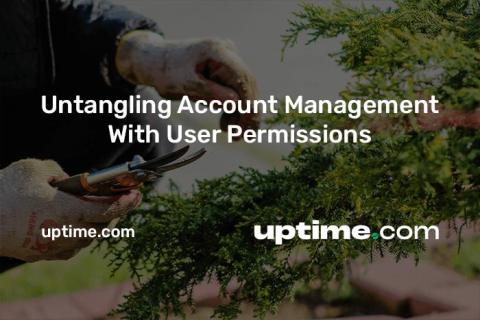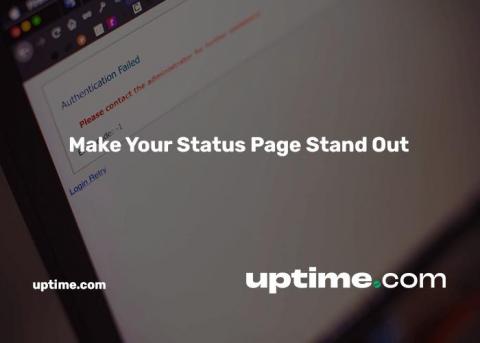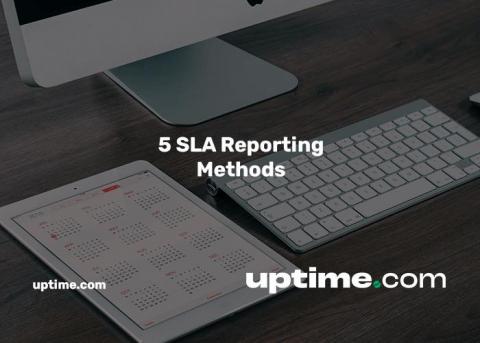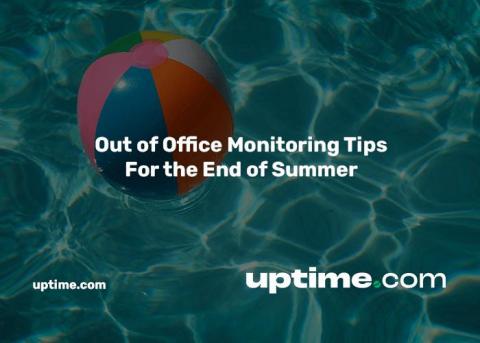What Is Uptime and Why Is It Important?
Remember the last time you tried to visit a website or pay a bill and the spinner just kept going and going? That site needed uptime monitoring! “Uptime monitoring” refers to the practice of tracking a website’s availability and performance quality over time. This type of monitoring includes services that report on the availability of a website or server. Monitoring tools ensure that your website or server is running smoothly.











